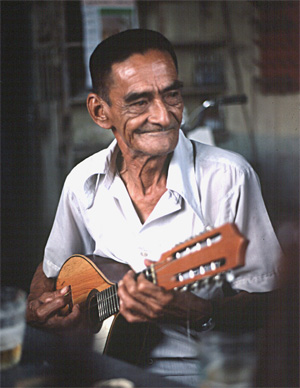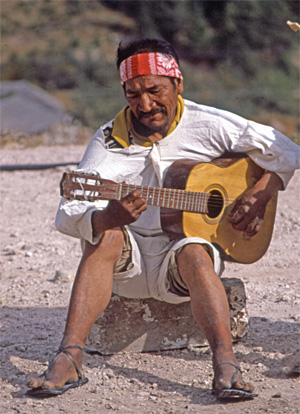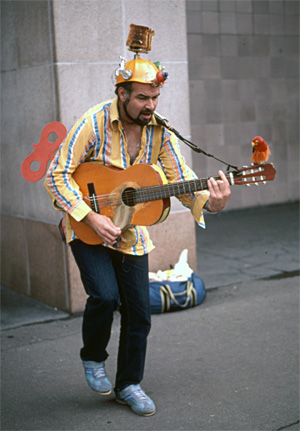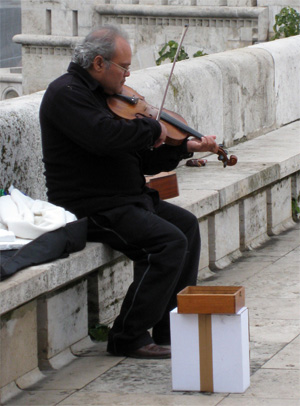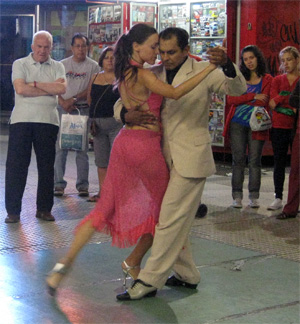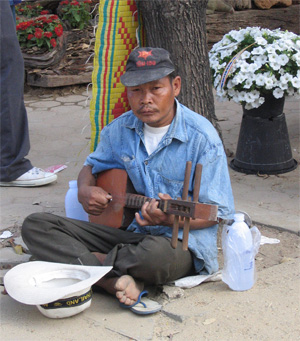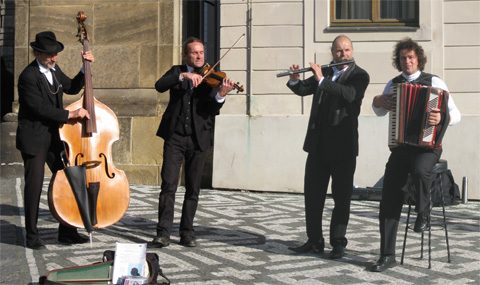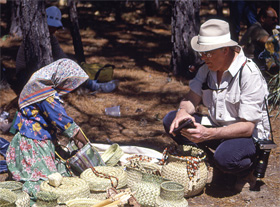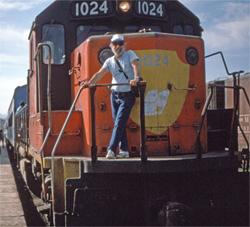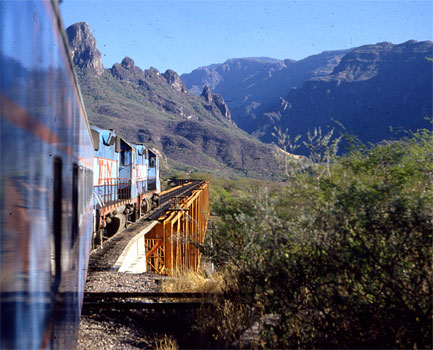We appreciate it when our guests share their stories with us and allow us to post them on our blog for everyone to enjoy. Last month, Stan and Elizabeth Williams, from Calgary, Alberta, traveled with us to Copper Canyon. Before returning home they sent us this e-mail:
Hello:
We are sad to be finished with our “10 day to the bottom” California Native Copper Canyon adventure but we are so glad to have had such a fantastic trip. The train ride was amazing, the natural and human history of the area is very interesting and diverse, the Canyon scenery and immensity is almost indescribable and you can’t get the true scope of the canyons unless you are there. The trip to Batopilas down THAT road was incredible and our driver was excellent!
I have hundreds of photos to sort through and there aren’t many “rejects!!” The accommodations were great.
One of the best parts about the tour was that all of the parts of our California Native tour worked so well. The best surprise was that there was no disappointing surprises, just wonderful surprises! From the time we arrived in El Fuerte on February 5 until the time we left El Fuerte today, everything went very smoothly! All the transfers were on time or even a little early, the drivers and the guides were knowledgeable, cordial and courteous and , well, excellent! The tour was well paced and the many options for activities were amazing!
Well done California Native and thank you very much! I’m looking forward to telling my friends about California Native and to exploring future trips elsewhere with your company.


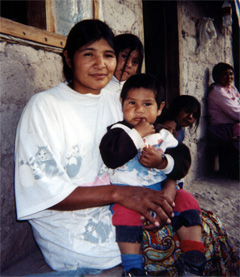 Deep in the heart of Mexico’s Sierra Madres, in the town of Creel, the center of
Deep in the heart of Mexico’s Sierra Madres, in the town of Creel, the center of 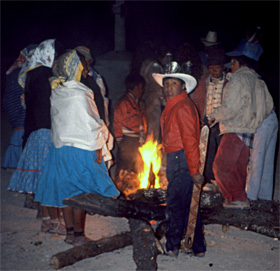 Now is the time to book your trip for Easter in Mexico’s
Now is the time to book your trip for Easter in Mexico’s  As we come to the end of another year, it’s time to reflect on what we have accomplished in the last year and what we are looking forward to in the new year.
As we come to the end of another year, it’s time to reflect on what we have accomplished in the last year and what we are looking forward to in the new year.